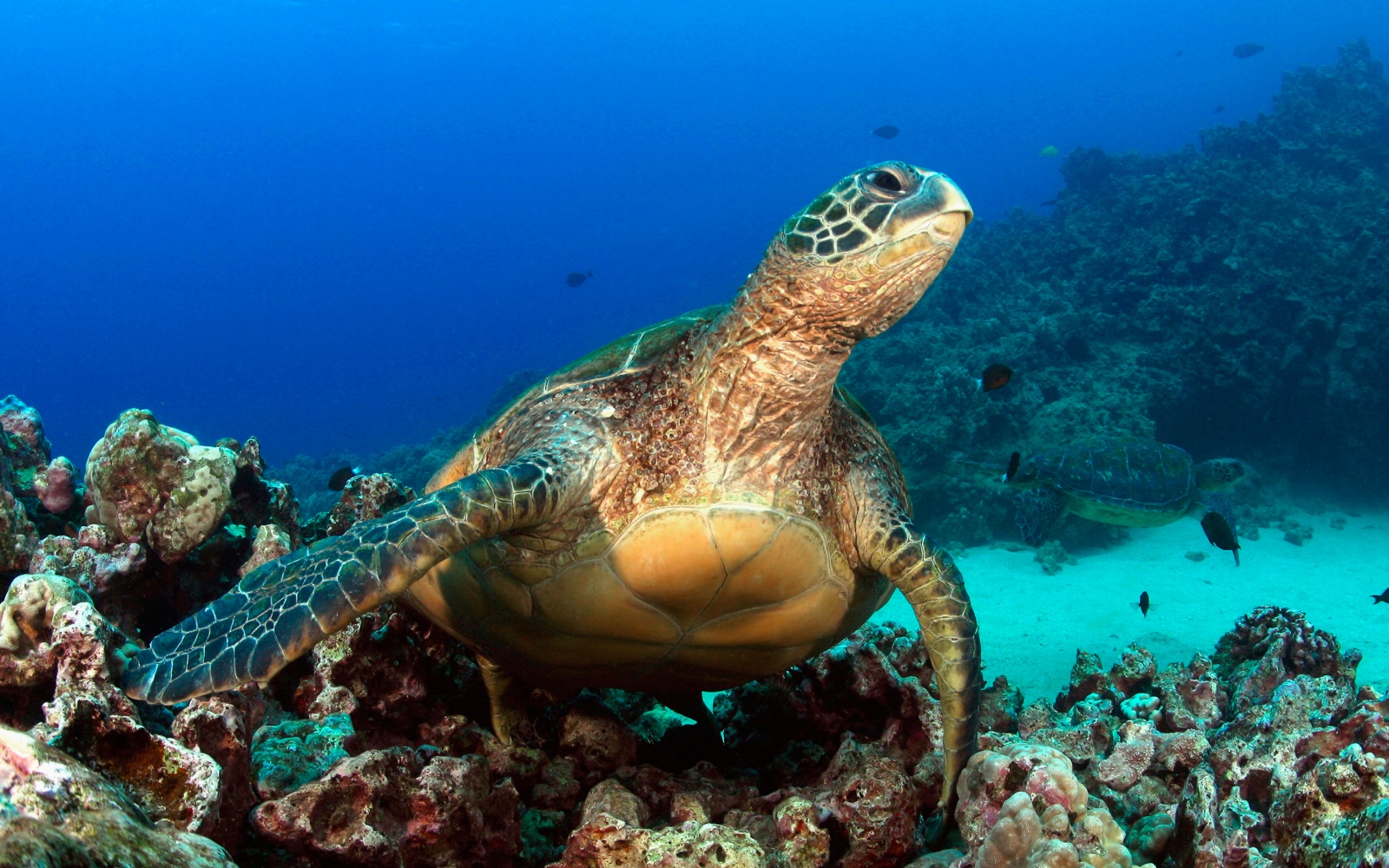
We all know not to run with scissors, but what about snorkeling with them? That’s the situation you might find yourself in during a Blue ‘Aina reef cleanup with Trilogy—a snorkeling charter specifically designed to help save Maui’s reefs.
Imagine yourself snorkeling in a cobalt cove off Maui’s leeward coast, although instead of sea turtles, reef fish, eagle rays, lobsters, eels, or dolphins, you’re on the lookout for plastic bottles, fishing line, and debris. You swim by an uhu—or parrotfish—with its cerulean and turquoise scales, then notice, off in the distance, past a mound of lime green lobe coral and skittish school of goat fish, a strand of fishing line wrapped around coral and rocks. With scissors and small mesh bag in hand, you carefully snip the line and remove a cluster of tackle—in the process, saving a piece of Maui’s fragile reef.
This experience is open to all Maui visitors as part of the Blue ‘Aina program, which was started back in 2010 by a team of Trilogy’s crew. The program was seen as an easy way to give back to the island’s reefs, and help take care of the bays where crewmembers would dive, snorkel, and surf. Now, more than six years, 100 cleanups, and hundreds of pounds of trash later, the program not only educates visitors on sustainability and stewardship, but also acts as a conduit for businesses to support local non-profits.
In addition to providing the opportunity to physically clean a reef, each Blue ‘Aina sail pairs corporate sponsors with environmental non-profits. The “cost” of sponsorship is a $1,000 donation toward groups who are helping the island, and in the past, luxury resorts such as The Grand Wailea and The Fairmont Kea Lani have generously sponsored the sails with donations to island non-profits.
On your next trip to Hawaii, take a Blue ‘Aina sail (once a month, $30 per person), and spend a morning snorkeling Honolua Bay, Mala Wharf, or Olowalu, and—while enjoying lunch from Cool Cat Café, Leilanis, or Maui Brewing Company—you can learn how the Maui Forest Bird Recovery Project is saving endangered forest birds, or how the Hawaii Wildlife Fund is conducting research on endangered Hawksbill sea turtles. It’s this exposure to researchers and conservationists, says Li Anne Driessen—Trilogy’s Director of Sales and Marketing—that makes the sails such a rewarding experience for visitors as well as the island.
“Besides the support non-profits receive,” says Driessen, “what’s really valuable is the opportunity for our guests to hear from local scientists, and learn more about their latest research and work toward conservation. A goal of ours is to educate guests about our island’s environment, and have them go and share that knowledge and turn it into action.”
More good reads from T+L:
• World’s Best Islands
• 25 Secret European Villages
• Best Places to Travel in 2015